Activated Sludge Wastewater Treatment
Activated sludge wastewater treatment. It is designed to confirm andor eliminate potential process control issues with the least amount of time effort sampling and analysis. Activated sludge is a biological process that utilizes microorganisms to convert organic and certain inorganic matter from wastewater into cell mass. As a suspended-growth biological treatment process activated sludge utilizes a dense microbial culture in suspension to biodegrade organic material under aerobic conditions and form a biological floc for solid separation in the settling units.
Excess sludge is called surplus activated sludge SAS or waste activated sludge WAS. Secondary sludge waste activated sludge is formed during biological treatment when the biodegradable organic content of wastew-ater is degraded by microorganisms. A small community wishes to construct an activated sludge wastewater treatment plant to treat their wastewater.
Activated Sludge Process Primary Treatment. NI PUTU DEVINA PUTRI MAHARANI 19034010110This video is. The sewage is bubbled and sewage liquor is discharged into an activated sludge chamber.
The active biomass assimilates the organic matter thus reducing the oxygen demand. Components present in an activated sludge wastewater treatment plant. Dan Wyant Director.
Live bacteria settle to the bottom of the tank and dead bacteria float to the top. The wastewater from the community has an average flow rate of 00088 m3s and an influent substrate concentration of 300 mgL as COD. Rick Snyder Governor.
The term activated sludge comes from the fact that the sludge contains live bacteria and protozoa that actively digest and break down sewage. SAS is stored in sludge tanks and is further treated by digestion either under anaerobic or aerobic conditions prior to disposal. The activated sludge process is one of the most commonly used for secondary wastewater treatment.
As the most popular biological wastewater treatment application worldwide activated sludge has been in use for exactly a century to treat a large variety of municipal and industrial wastewaters to. The total concentration of solids ranges from 08.
As the most popular biological wastewater treatment application worldwide activated sludge has been in use for exactly a century to treat a large variety of municipal and industrial wastewaters to.
The raw-sewage waste goes into the bar rack screening via pipe inlets in which the coarse. Excess sludge is called surplus activated sludge SAS or waste activated sludge WAS. Activated sludge is a biological process that utilizes microorganisms to convert organic and certain inorganic matter from wastewater into cell mass. The total concentration of solids ranges from 08. Usually the primary sludge contains 29 solids. Live bacteria settle to the bottom of the tank and dead bacteria float to the top. Separated from raw wastewater 67. The active biomass assimilates the organic matter thus reducing the oxygen demand. The activated sludge process is one of the most commonly used for secondary wastewater treatment.
SAS is stored in sludge tanks and is further treated by digestion either under anaerobic or aerobic conditions prior to disposal. It is the most crucial step of the wastewater treatment which filters out the effluent from the. The wastewater from the community has an average flow rate of 00088 m3s and an influent substrate concentration of 300 mgL as COD. Municipal Wastewater and Sludge Treatment 49 Secondary municipal wastewater treatment is almost always accomplished by using a biological treatment process. This process smashes the solids. The activated sludge process in the treatment of wastewater involves blowing oxygen or air into raw unsettled sewage. A small community wishes to construct an activated sludge wastewater treatment plant to treat their wastewater.




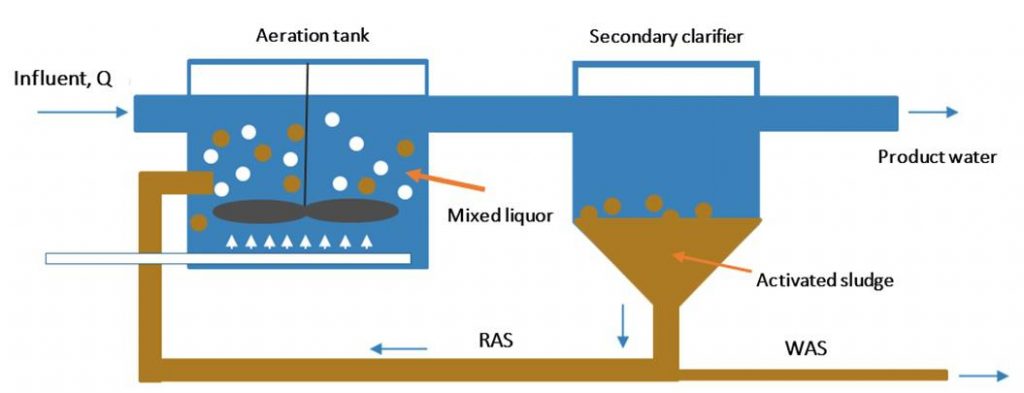

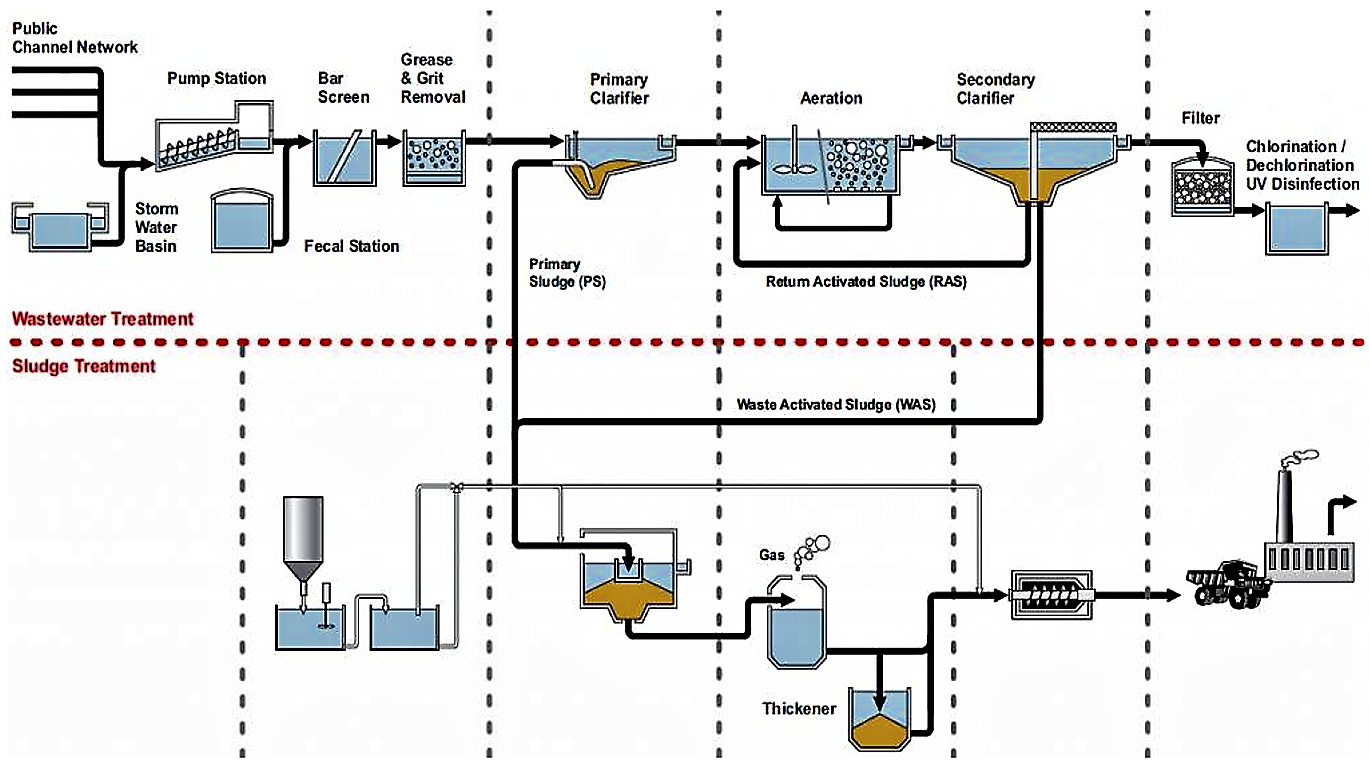





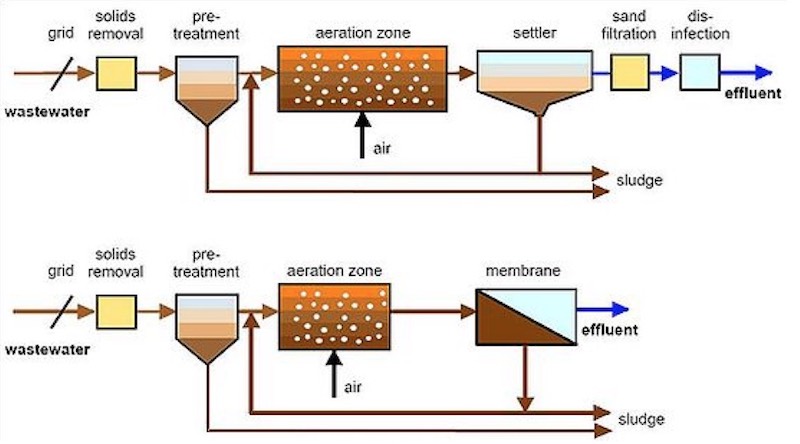
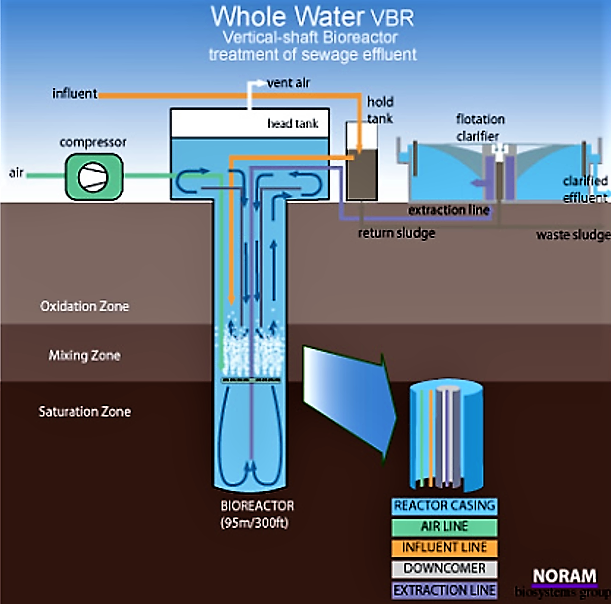
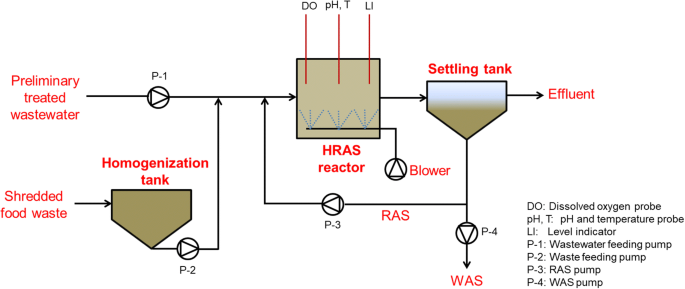

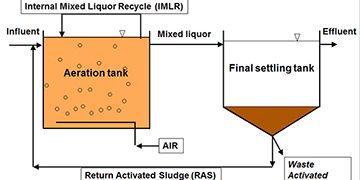

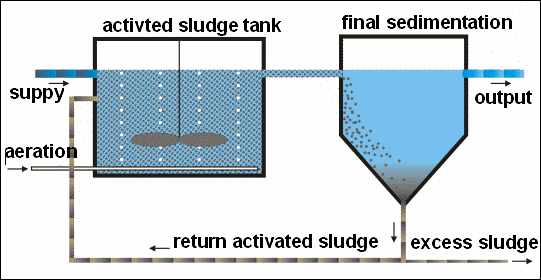




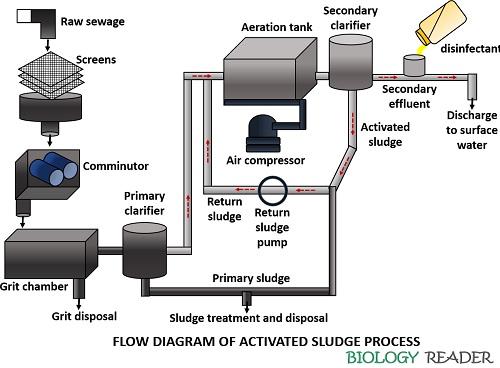



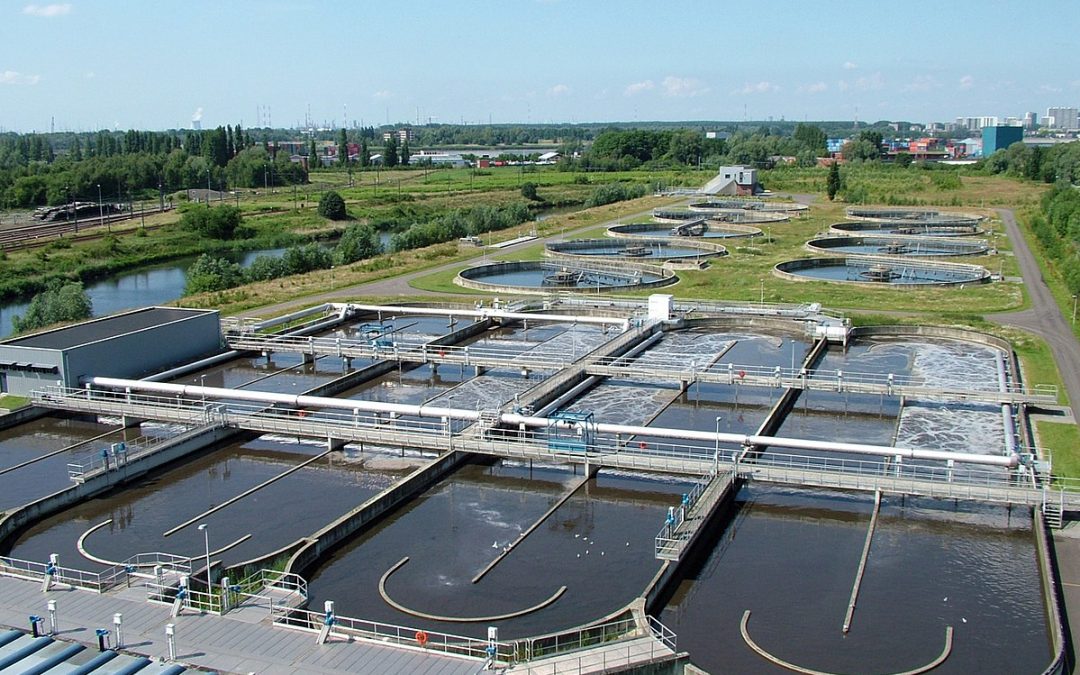

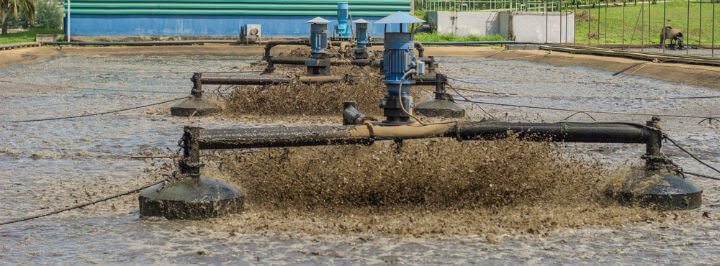
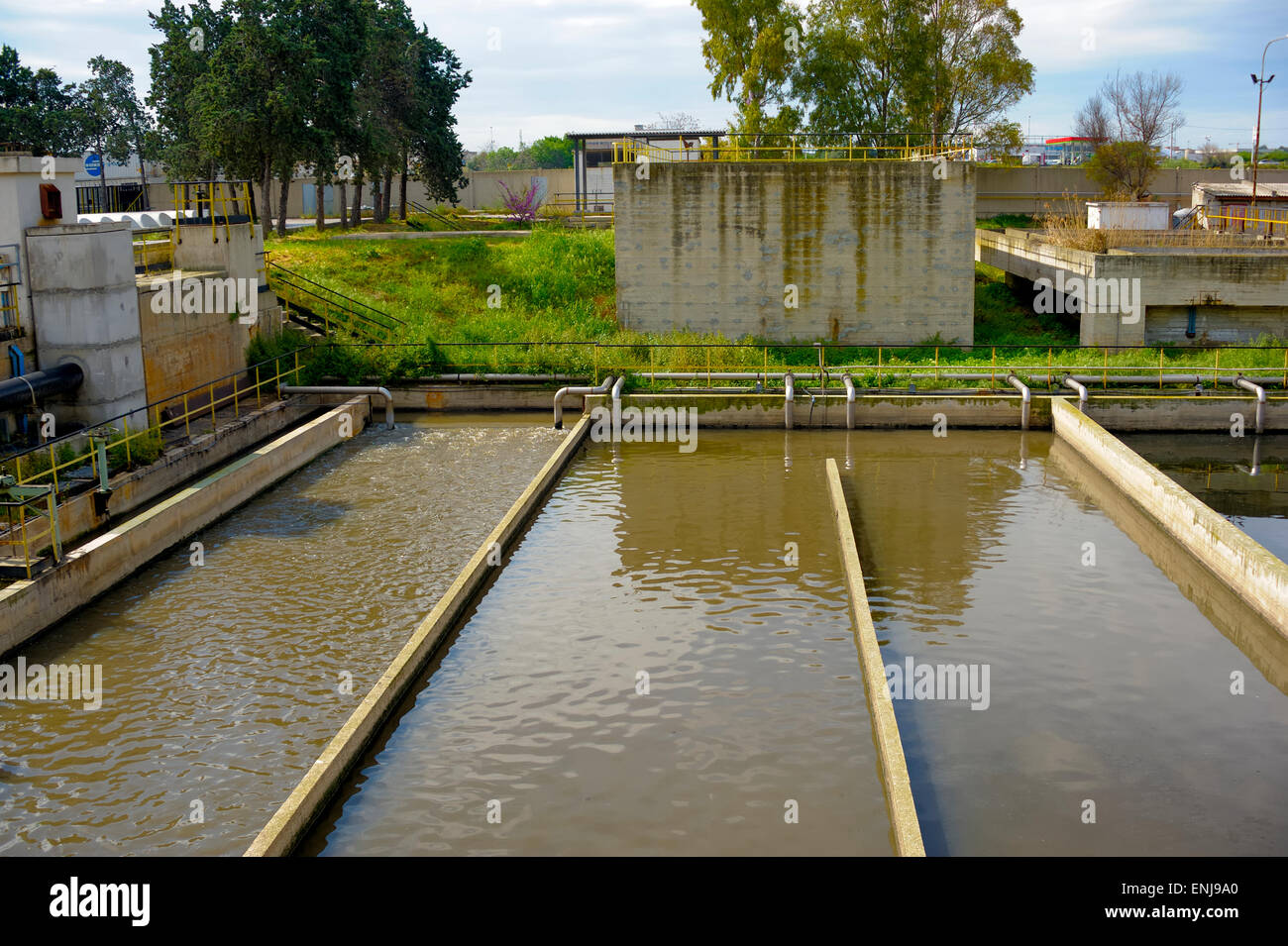
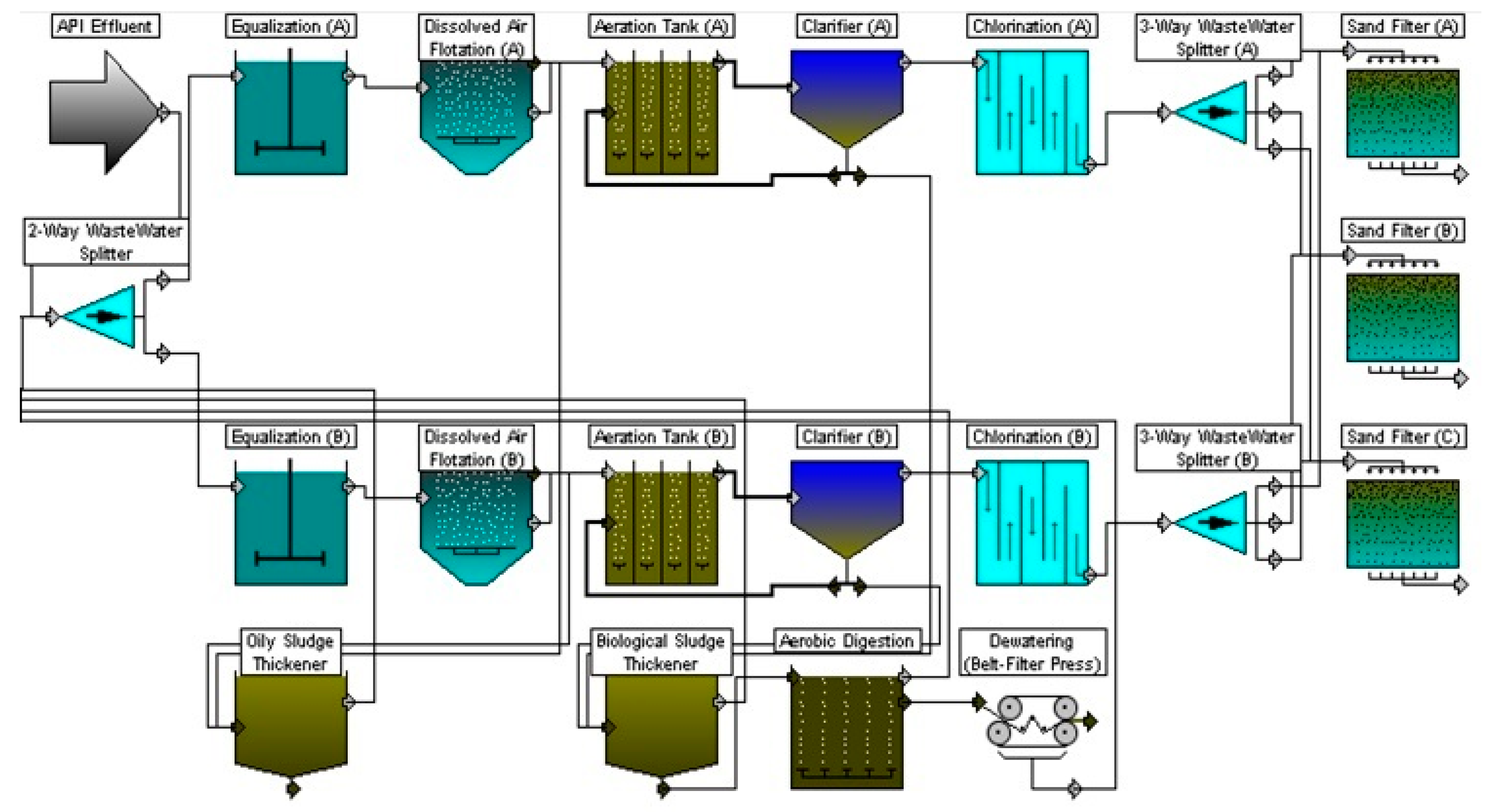

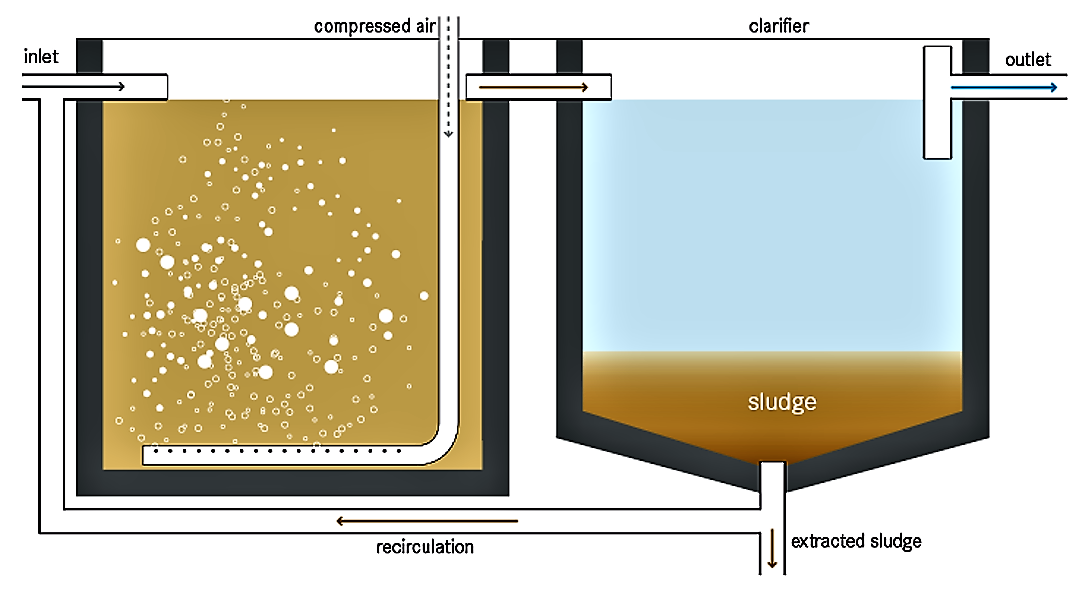







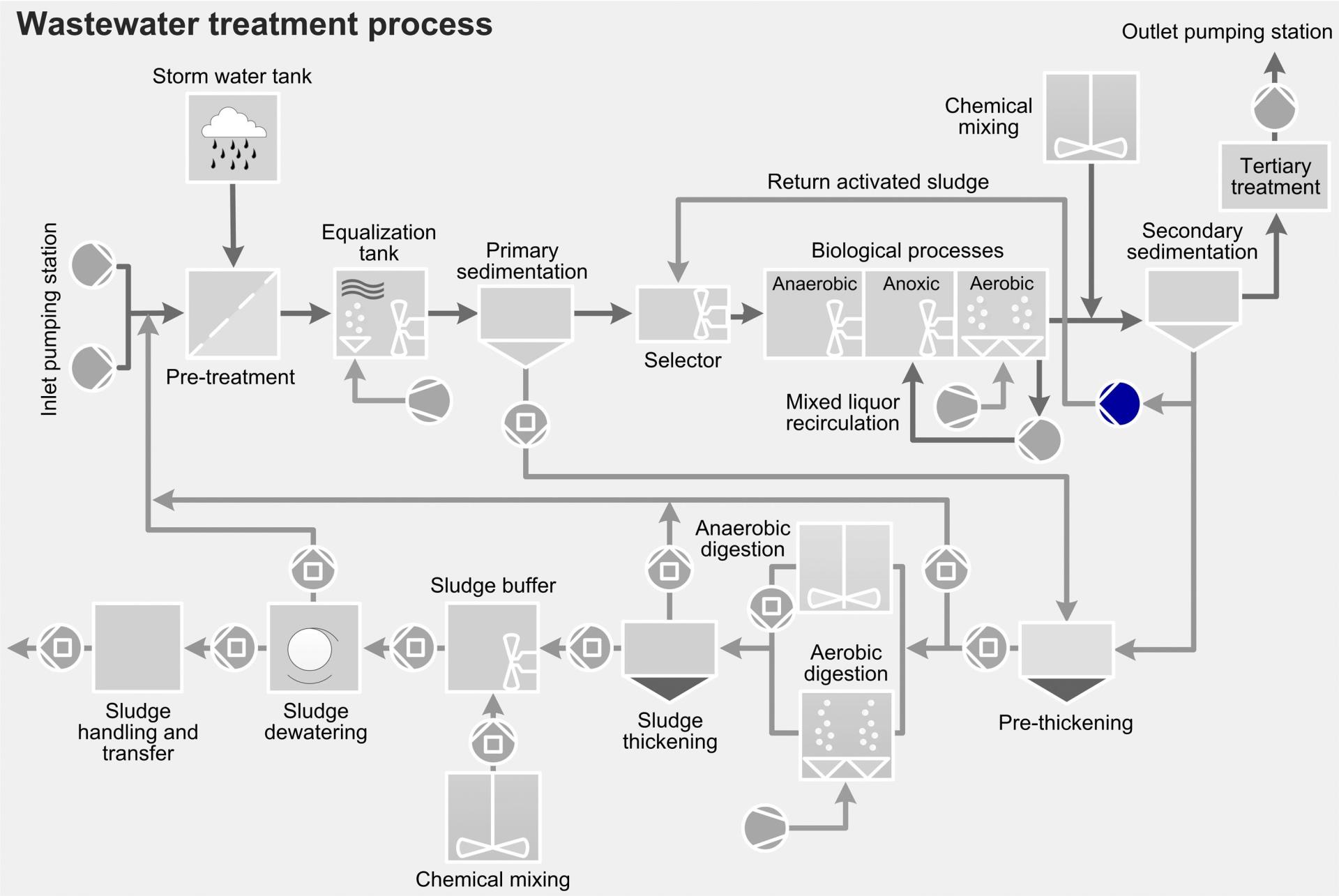

Post a Comment for "Activated Sludge Wastewater Treatment"